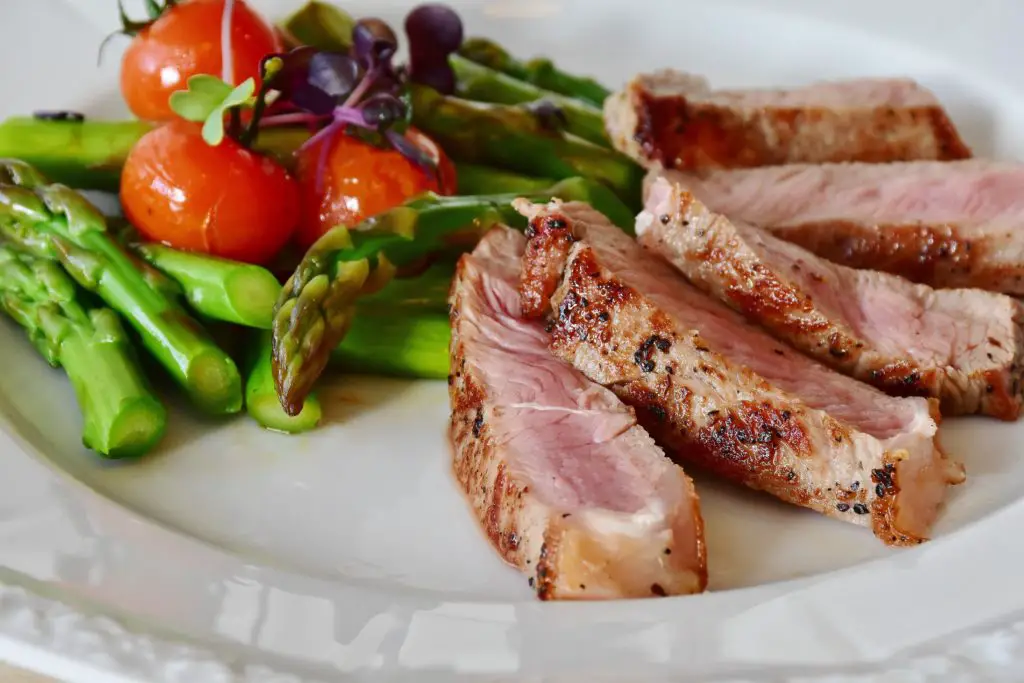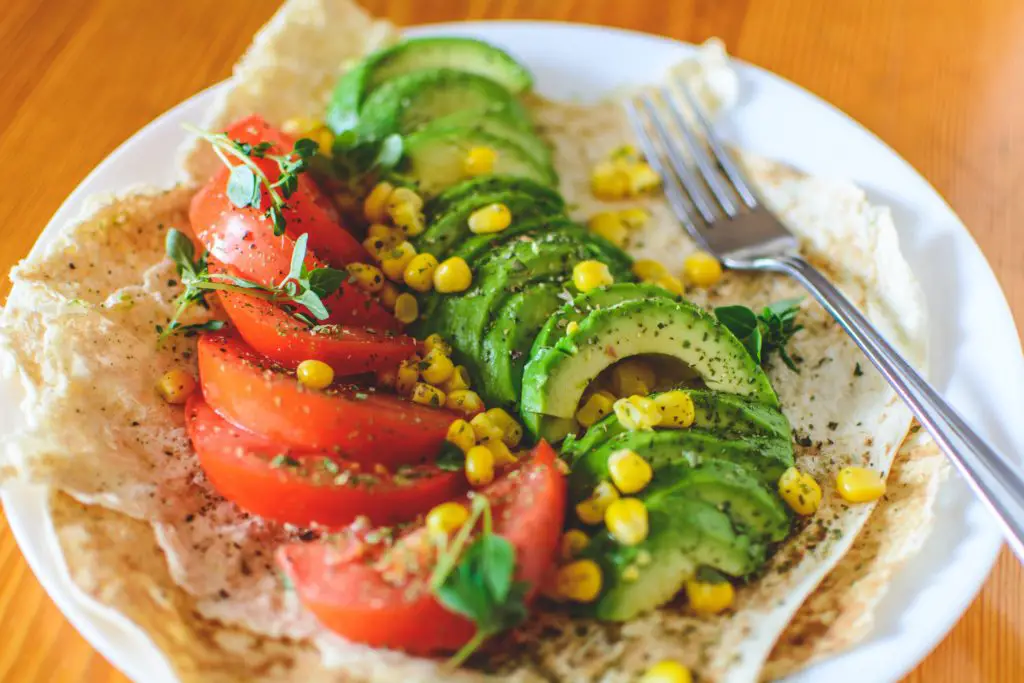Weight loss and a healthier lifestyle go hand in hand on the Mayo Clinic Diet. You recalibrate your eating habits, breaking bad ones and replacing them with good ones with the help of the Mayo Clinic’s unique food pyramid.
The pyramid emphasizes fruits, veggies and whole grains. In general, these foods have a low energy density, meaning you can eat more but take in fewer calories. Think of it this way: For about the same amount of calories you could have a quarter of a Snickers bar or about 2 cups of broccoli. By sticking with the Mayo Clinic Diet, you’re expected to shed 6 to 10 pounds in two weeks and continue losing 1 to 2 pounds weekly until you’ve hit your goal weight.
In 2013, Mayo Clinic published “The Mayo Clinic Diabetes Diet“. A new edition of this book was published in early 2019. This spin on the standard eating plan is designed for people with prediabetes and Type 2 diabetes, and its advice is specific to lowering blood sugar and keeping levels stable.
Pros
- Nutritionally sound
- You shape your diet
Cons
- Lots of grunt work
- Somewhat pricey
Popularity of the Mayo Clinic Diet
Mayo Clinic Diet is ranked
- No.2 diet in Best Commercial Diet Plans
- No.2 diet in Best Diets for Diabetics (Tie)
- No.4 diet in Best Overall Diets
- No.4 diet in Best Weight-Loss Diets (Tie)
- No.5 diet in Best Heart-Healthy Diets (Tie)
- No.5 diet in Best Diets for Healthy Eating
- No.7 diet in Best Fast Weight-Loss Diets
- No.7 diet in Easiest Diets to Follow (Tie)
How does the Mayo Clinic Diet work?
The newest (and second) edition of the “Mayo Clinic Diet“ book was published in 2019. Use it, as well as the Mayo Clinic Diet website, as your guides to work your way through two parts: “Lose it!” and “Live it!” Part one focuses on 15 key habits – ones to add and ones to ditch. You don’t count calories, and you can snack all you want on fruits and veggies. After two weeks, you begin part two, learning how many calories you should eat to either lose or maintain weight and where those calories should come from. No food group is completely off-limits – you’re developing a pattern of healthy eating you’ll follow for life.
In “Lose it!” you’ll add a healthy breakfast, lots of fruits and veggies, whole grains, healthy fats and at least 30 minutes of physical activity a day. You’ll ban eating while watching TV, sugar (except what’s found in fruit), snacking (except on fruits and veggies), consuming too much meat and full-fat dairy, and eating out (unless the food you order follows the rules). If you’re really motivated, you’ll also adopt bonus habits such as keeping food, activity and goal diaries; exercising 60 or more minutes per day; and eating natural or minimally processed “real food.”
In “Live it!” you’ll use what you learned in the first phase but be allowed to occasionally break the rules. You’ll also calculate the number of calories you can eat while still losing a couple of pounds a week. But instead of counting the calories in every grain of (brown) rice you eat, you’ll focus on servings. On a 1,400-calorie plan, for example, you’re allowed four or more servings each of fruits and veggies, five servings of carbs, four of protein/dairy, and three of fats. What’s a serving? For fruit, it’s the size of a tennis ball; for protein, no bigger than a deck of cards. Round out “Live it!” with regular physical activity and you’re set for life.
If you’re interested in following the Mayo Clinic Diabetes Diet, it’s heavy on food that’s naturally rich in nutrients and low in fat and calories, and the diet emphasizes fruits, veggies, and whole grains. Recommended foods include healthy carbs (think fruit, legumes, vegetables, whole-wheat flour, and wheat bran); fiber-rich foods such as nuts and beans; heart-healthy fish such as salmon, mackerel, and tuna; and “good” fats, which include avocados, almonds, olives, and walnuts. Foods to avoid include saturated fats, trans fats, cholesterol, and sodium.
How much does Mayo Clinic Diet cost?
Whether it’s pricier than your current grocery tab depends, of course, on what you put in your cart. Fruits, veggies and whole-grain products are generally more expensive than sugary cereal, white bread and frozen pizzas. But there’s no membership fee, and the diet’s individualized nature gives you financial wiggle room – by making dinner from whatever produce is on sale, for example.
The “Mayo Clinic Diet” book is an essential guide and should be purchased.
Will Mayo Clinic Diet help you lose weight?
Most likely, Mayo Clinic Diet will help you lose weight, provided you follow the rules.
Although the only research specifically evaluating the diet comes from the Mayo Clinic itself, preliminary results are promising. The principles behind it are backed by substantial research, which suggests its potential for weight loss and weight maintenance.
In a 2008 pilot program of 53 obese Mayo Clinic employees who followed “Lose it!” for two weeks, average weight loss was 8 pounds. Nearly all of the 46 who finished lost 4 or more pounds, and most lost between 6 to 10 pounds. There was no control group.
In general, diets rich in low-energy-dense foods have been shown to deliver weight loss, promoting fullness on fewer calories, according to the Centers for Disease Control and Prevention. In a study published in The Journal of Nutrition in 2018, 96 overweight or obese women participated in a 14-week trial monitoring weight loss when following a low-energy-dense diet versus a standard weight-loss plan. The study found the group following a low-energy-dense diet reported fewer cravings, greater weight loss and higher reduction in fat mass than the group following a standard weight-loss plan. More studies, particularly large controlled trials, are needed to confirm the findings.
How easy is Mayo Clinic Diet to follow?
The Mayo Clinic Diet is ranked No.7 diet in Easiest Diets to Follow (Tie)
Most dieters will find the restrictive “Lose it!” phase difficult. That’s why it only lasts two weeks. Once you develop your plan in “Live it!” and find no foods completely off-limits, you’ll be more likely to stay on the wagon.
- You’re free to eat out, as long as you let Mayo’s food pyramid direct your menu choices. Alcohol might be restricted a little more than you’d prefer. And while a slew of Mayo guides makes developing your plan easier, there’s just no way to avoid the grocery store and stove.
- Mayo’s companion “The New Mayo Clinic Cookbook, Second Edition,” is packed with recipe ideas. Once you understand healthy eating and serving sizes, you can scour outside recipe websites for free.
- Eating out is discouraged in Mayo’s “Lose it!” phase, but the fine print says you technically still can if you don’t stray from the guidelines.
- There are no timesavers, unless you hire somebody to plan your meals, shop for them, and prepare them. And you can’t pay someone to exercise for you.
- The book provides meal planning, grocery shopping, and dining out guides; a crash course in nutrition basics; and advice for staying motivated. Mayo doesn’t have any book-specific resources online, but you can peruse its large database of diet-related articles.
- Nutrition experts emphasize the importance of satiety, the satisfied feeling that you’ve had enough. You shouldn’t feel hungry on the Mayo Clinic Diet. In part one, you can snack on unlimited veggies and fruits, and later, when you’ve got a calorie cap, the emphasis on low-energy-dense fruits, veggies, and high-fiber whole grains should keep you feeling fuller longer.
- You’re making everything, so if something doesn’t taste good, you know who to blame.
How much should you exercise on the Mayo Clinic Diet?
You should be moving at least 30 to 60 minutes each day, but what you do and when you do it is completely up to you. Mayo Clinic offers pointers, from sneaking more exercise into your daily routine (such as parking your car farther away at the mall and taking the stairs to your office) to overcoming common obstacles and physical limitations.










